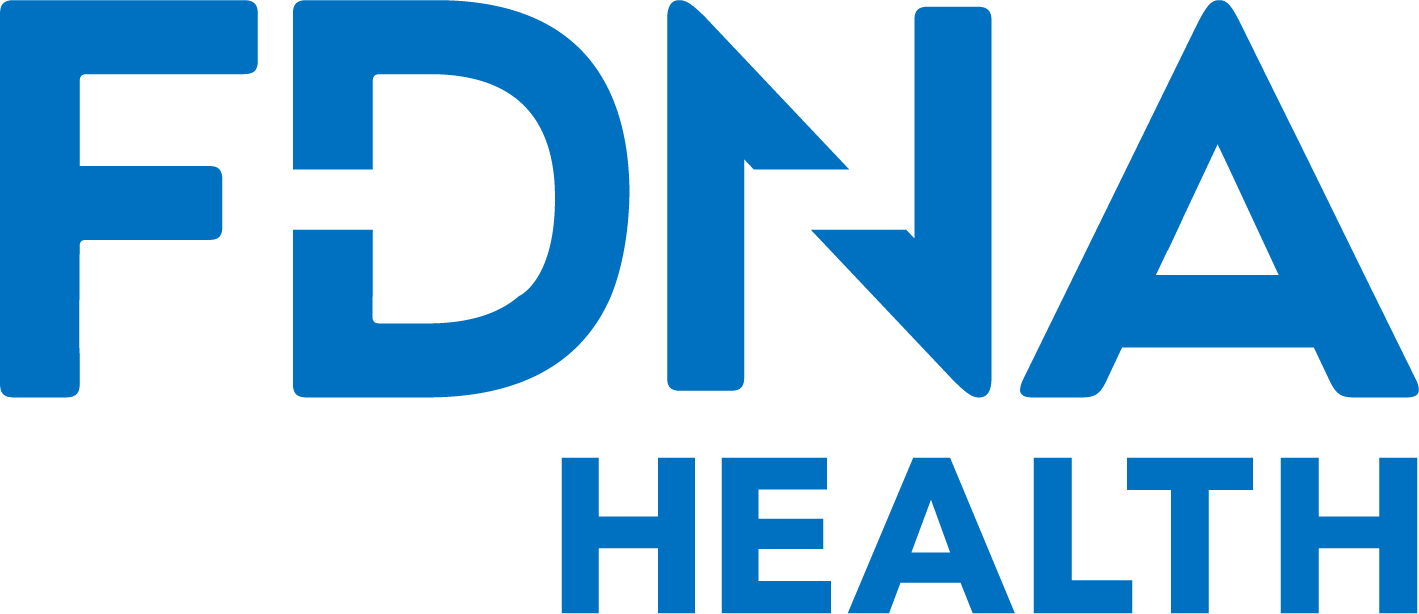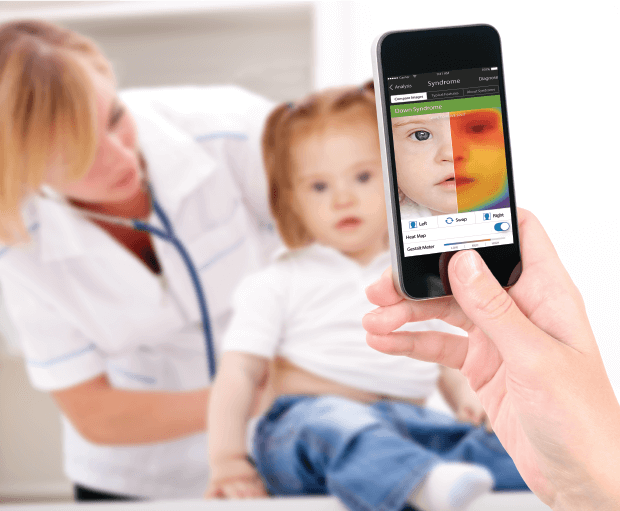Enfermedades genéticas raras
¿Qué es una enfermedad genética rara?

Una enfermedad genética rara se define, en los EE. UU., Como cualquier enfermedad que afecta a menos de 200,000 personas. Una enfermedad rara también se conoce a menudo como enfermedad huérfana, un título que se otorga a aquellas enfermedades que se han desatendido en términos de investigación y financiación.
Current estimates put the number of potential rare diseases at approximately 7000. However, this number changes as research into rare and orphan diseases widen our understanding of the causes and symptoms of each genetic syndrome. Sometimes symptoms that were grouped to define one syndrome are often found, after further research, to be diseases in their own right. In other cases, several syndromes are combined into one disease definition. The Enfermedades raras field is developing all of the time.
La mayoría de las enfermedades raras son genéticas. Esto significa que son causados por una mutación o deleción en nuestros genes que desencadenan los síntomas de un síndrome específico. En algunos casos, se heredan, se transmiten de los padres, mientras que en otros casos, son causados por una mutación genética de novo o nueva que es la primera en una familia.
Otros ejemplos de enfermedades raras incluyen cánceres raros y enfermedades autoinmunes que no se heredan.
Las enfermedades raras pueden presentarse con una amplia variedad de características y síntomas que pueden afectar múltiples partes del cuerpo y causar también enfermedades y afecciones médicas y de salud graves por derecho propio.
Ha habido muchos avances en el campo de la investigación de enfermedades raras en los últimos años. También ha habido esfuerzos más concertados por parte de los gobiernos para invertir más fondos y recursos en investigación. Sin embargo, es un campo que todavía tiene mucho por desarrollar para garantizar que los pacientes con enfermedades raras reciban un diagnóstico oportuno y preciso y el apoyo y la atención que necesitan para vivir con su enfermedad.
Algunas de las enfermedades raras más conocidas:
(* Basado en datos de FDNA.com. Los números representan una muestra de un síndrome como síndrome sugerido en nuestra herramienta de IA)
Síndrome de Noonan – a rare genetic disorder that presents with unusual facial characteristics and short stature.
Síndrome de Angelman – a rare genetic condition occurring in 1 in every 15,000 live births, and it affects around 500,000 people worldwide
Coffin-Siris syndrome – a rare disease characterized by coarse facial features and the 5th finger or toe’s underdevelopment.
Síndrome de Kabuki – a rare genetic disorder occurring in just 1 in 32,000 births.
Síndrome de deleción 22q11.2 – a rare disease that presents with a wide range of symptoms that can affect almost any part of the body.
Algunas de las enfermedades raras más raras:
(* Basado en datos de FDNA.com. Los números representan una muestra de un síndrome como síndrome sugerido en nuestra herramienta de IA)
Cerebellar Ataxia, Non Progressive, with Mental Retardation – a rare genetic condition that affects the cerebellum (the part of the brain responsible for the control of fine voluntary movements).
Chromosome 1q21.1 Microdeletion – a rare genetic syndrome that occurs due to microdeletions on a specific chromosome. It affects the development of affected individuals, especially their motor skills development.
Barber-say syndrome – a rare congenital condition with fewer than 20 patients diagnosed worldwide.
Diagnóstico erróneo de enfermedades raras y diagnóstico tardío
For many patients with a rare disease, misdiagnosis, and delayed diagnosis are obstacles they struggle to overcome throughout their entirety of their diagnostic journey. It is estimated that 1 in 17 people will be affected by a rare disease at some point in their lives, and yet there is still a lot of work to be done in terms of broadening our understanding of the causes and symptoms of rare diseases and how they can be more accurately and quickly diagnosed. Misdiagnosis in rare genetic syndromes is still much too common a phenomenon.
Recent advancements in AI and Health technology have begun to make a rare disease diagnosis more accessible to more patients. Telegenetics platforms, such as that used by FDNA Health, are ensuring patients receive accurate Análisis genético while connecting them to an extensive network of genetic counselors, geneticists, and genetic specialists to speed up diagnosis times and ensure rare disease patients receive the care, support, and treatment they need.
Asesoramiento genético is a key part of the diagnosis of genetic conditions. It provides immense support and information to families and individuals as they navigate what may be a life-altering diagnosis.
Genetic counseling can help families navigate a genetic diagnosis for genetic syndromes and rare diseases including, Síndrome de Kabuki and others.









